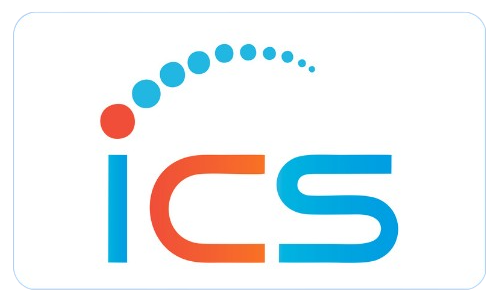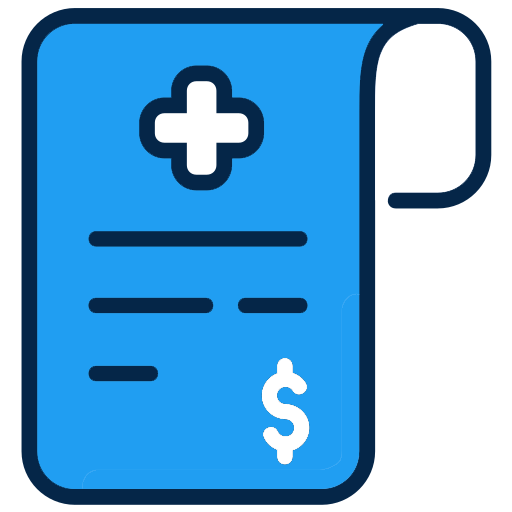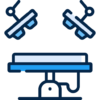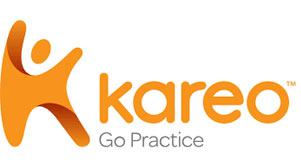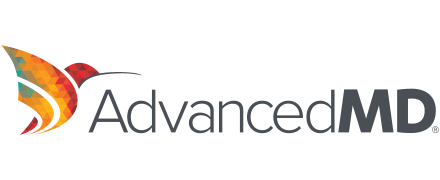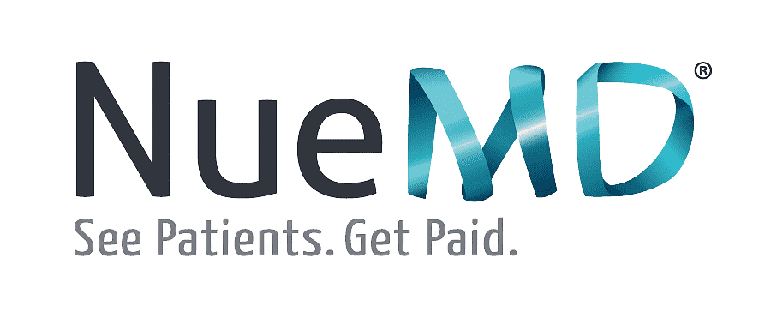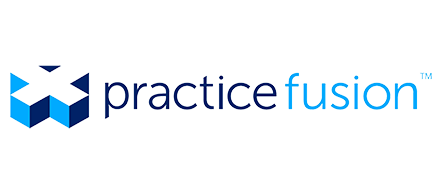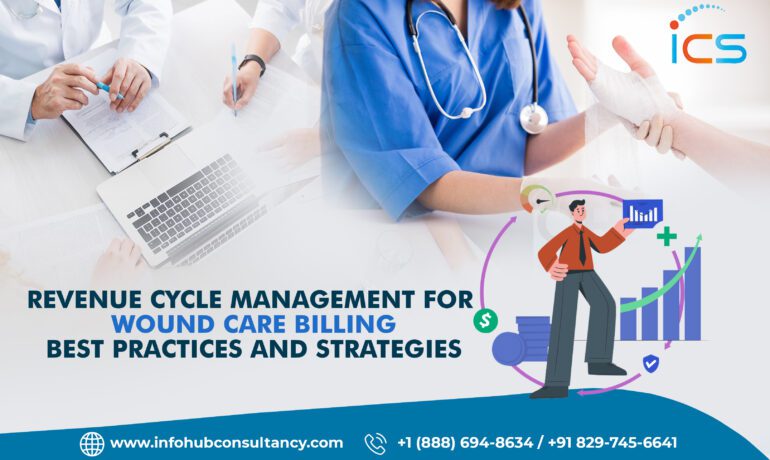When natural disasters occur, they often result in severe injuries, including wounds that require emergency wound care. Providing this critical medical care is necessary, but it can be expensive, making it essential for healthcare providers to manage their revenue cycle efficiently. In this blog post, we will explore the best practices and strategies for revenue cycle management in wound care billing services, with a focus on emergency wound care after a natural disaster.
Streamlining the Claims Process
One of the primary challenges in wound care billing is streamlining the claims process. Healthcare providers need to ensure that the claims are submitted on time, accurately, and with complete documentation. It’s also essential to keep track of the status of the claims and follow up with the insurance companies if there are any issues or denials.
To streamline the claims process, healthcare providers can implement electronic medical record (EMR) systems and automated billing software. These systems help to reduce errors, improve the accuracy of documentation, and automate the claims process.
Optimizing Reimbursements
Optimizing reimbursements is crucial for wound care billing services. Providers need to ensure that they are receiving accurate payments for the services provided. Healthcare providers can optimize reimbursements by staying up-to-date with the latest coding and billing regulations, ensuring that they are using the correct codes and modifiers, and negotiating with insurance companies to improve payment rates.
Prioritizing Patient Education
Patient education is critical in wound care billing services. Providers need to educate patients about their insurance coverage, the billing process, and their financial responsibility. It’s also essential to provide patients with transparent and easy-to-understand billing statements and work with them to set up payment plans if necessary.
Leveraging Technology
Leveraging technology is essential for wound care billing services. Healthcare providers can use technology to automate the billing process, improve documentation accuracy, and reduce errors. It’s also essential to use technology to stay up-to-date with the latest coding and billing regulations and to track the status of claims.
Partnering with Revenue Cycle Management Experts
Partnering with revenue cycle management experts is another strategy for optimizing wound care billing services. Revenue cycle management experts can help healthcare providers streamline the claims process, optimize reimbursements, prioritize patient education, and leverage technology to improve the revenue cycle management process.
Conclusion:
Wound care billing services can be complex. However, by implementing the best practices and strategies outlined above, healthcare providers can optimize their revenue cycle management process, improve their financial performance, and provide high-quality care to their patients.
To optimize your wound care billing services and improve your revenue cycle management, partner with Info Hub Consultancy Services. Our expert team can help you streamline your claims process, optimize reimbursements, prioritize patient education, and leverage technology to improve your financial performance.
Call us to learn more@ +1 (888) 694-8634 / 0422 4212 455!
